Hyaluronic acid is the Miss Congeniality of skincare ingredients; it’s gentle, loves all skin types, pairs phenomenally with other ingredients (even retinol and AHAs), it can be used AM and PM, and even knows how to twirl fire.
And while it’s close to perfect, there are a few important usage rules to familiarise yourself with to get the most out of this ingredient. Why? Because using hyaluronic acid incorrectly can not only stop the ingredient from getting on with its job, but can also leave skin drier and more dehydrated than when you started.
Which we’re 175% sure is the opposite of what you’re trying to achieve with this hydrating humectant. So, here are three hyaluronic acid mistakes to avoid for plumper, hydrated skin every darn time.
You’re not applying hyaluronic acid to damp skin
It’s easy to forget this rule but it’s so! Important! And one you might want to consider tattooing on your arm. As hyaluronic acid is a humectant, it’s essentially a moisture magnet, which means it draws moisture to itself rather indiscriminately, helping bind it to your skin and prevent transepidermal water loss (TEWL).
If applied to dry skin, your hyaluronic will draw moisture from its nearest source—your glowy complexion!—and leave it drier than when you started. Skin doesn’t have to be soaking wet to avoid this phenomenon, slightly lightly misted is perfect.
You’re not applying hyaluronic acid in the right order
It’s important to layer your products in the correct order, especially serums, to ensure efficacy. In the case of serums, experts recommend applying from most active to least, and thinnest to thickest. (Of course, there are always outliers so always, always heed product instructions.)
This means your hyaluronic-based serums (ahem, Much Plumper Skin) are the last to be applied in this phase of your routine, as higher strength or ‘correcting’ actives usually demand to go first. Plus, a soothing hydrating serum will calm everything down and help with any flaking or drying sometimes caused by stronger actives (think: retinol, BHAs or AHAs). Then you can continue with oils and moisturisers...
You’re not following hyaluronic acid with an oil and/or moisturiser
Just as you want to stop hyaluronic acid from stealing skin’s water content by applying it to damp skin, you don’t want it to evaporate and take your hydration with it (which it will because it’s dramatic like that).
Lovely emollients and occlusives will help seal all that hydration in place and create a barrier between you and the moisture-stealing world. In the PM, for extra nourishment, you can follow with a facial oil before applying an occlusive moisturiser to lock it all in. In the AM, a daily moisturiser with SPF is barrier enough.






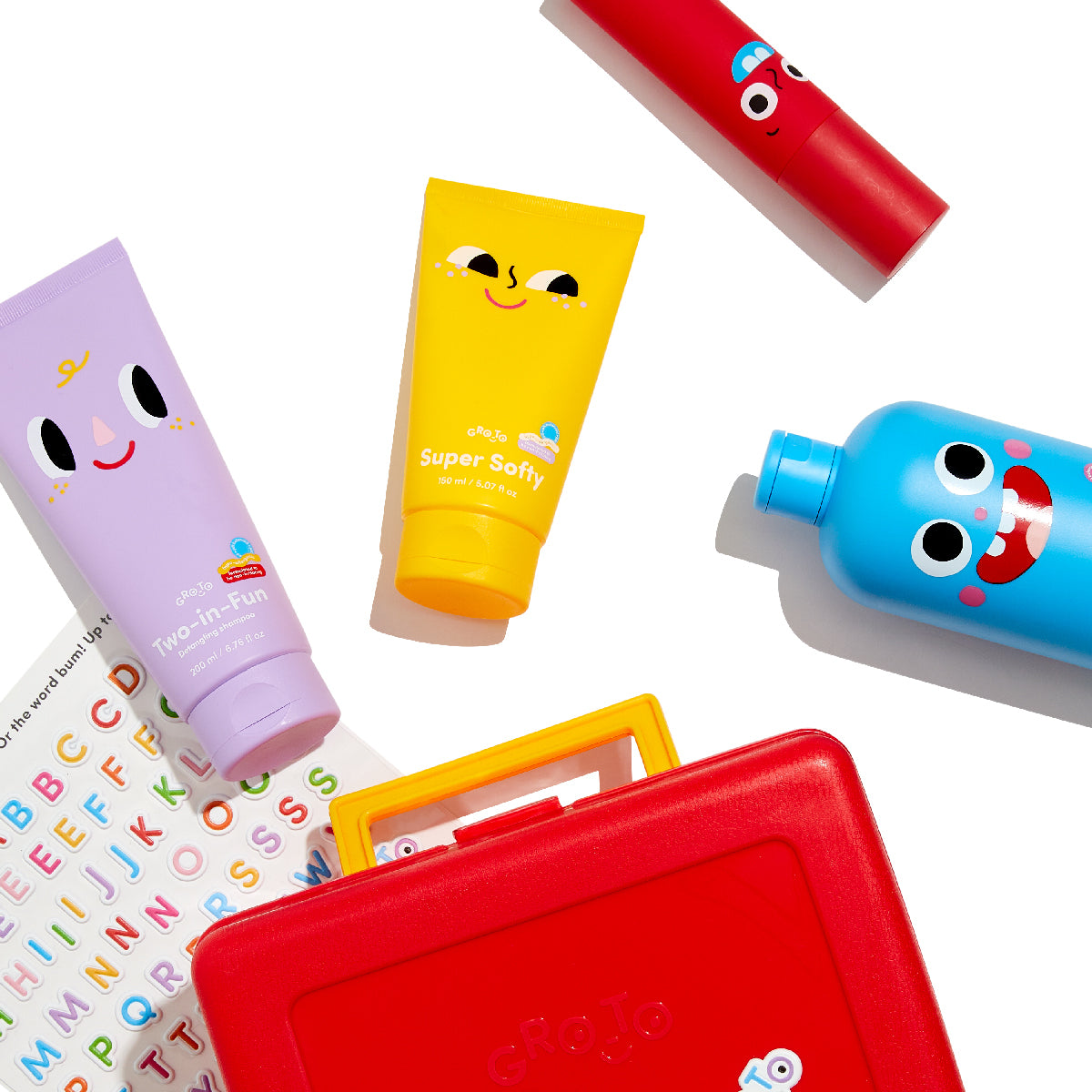
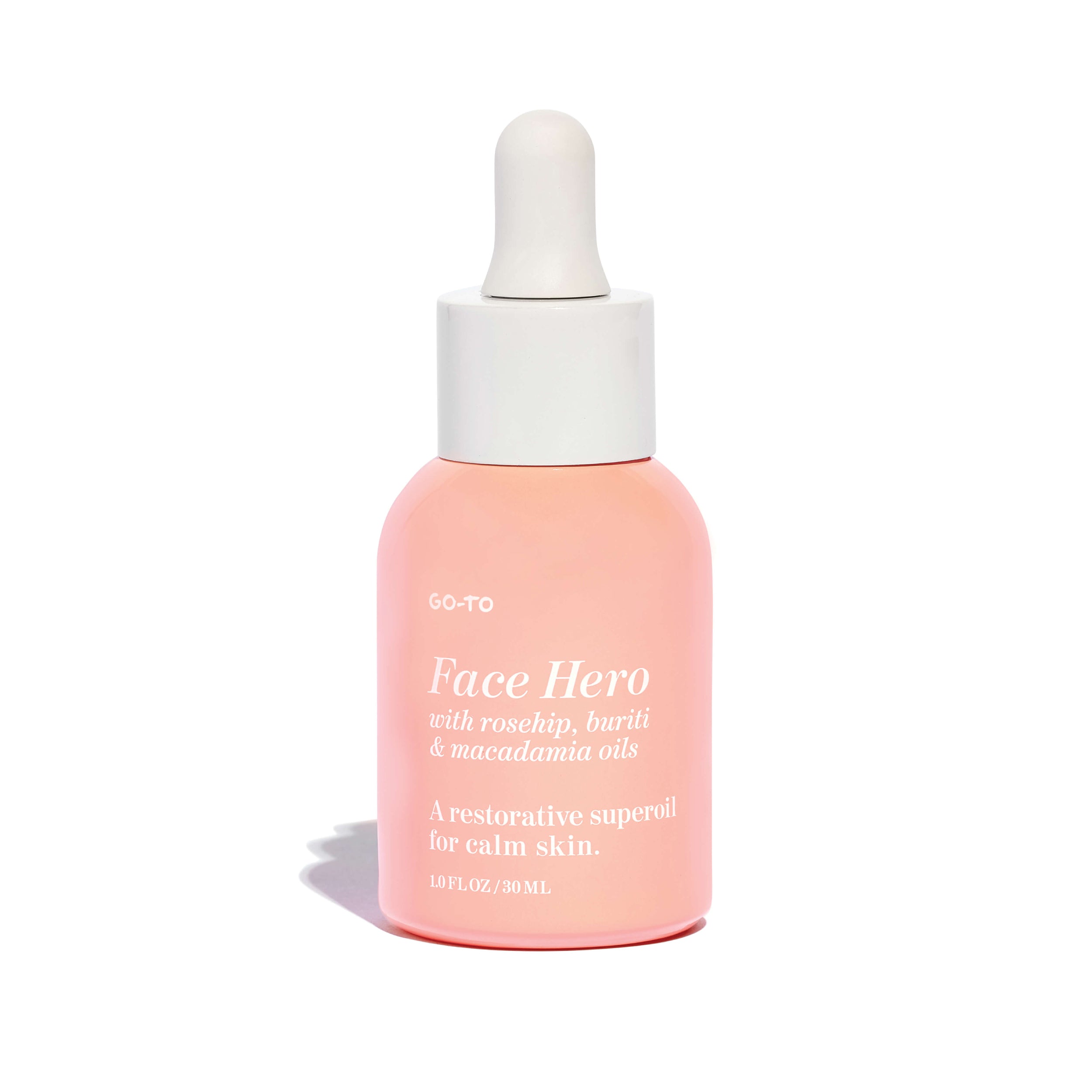







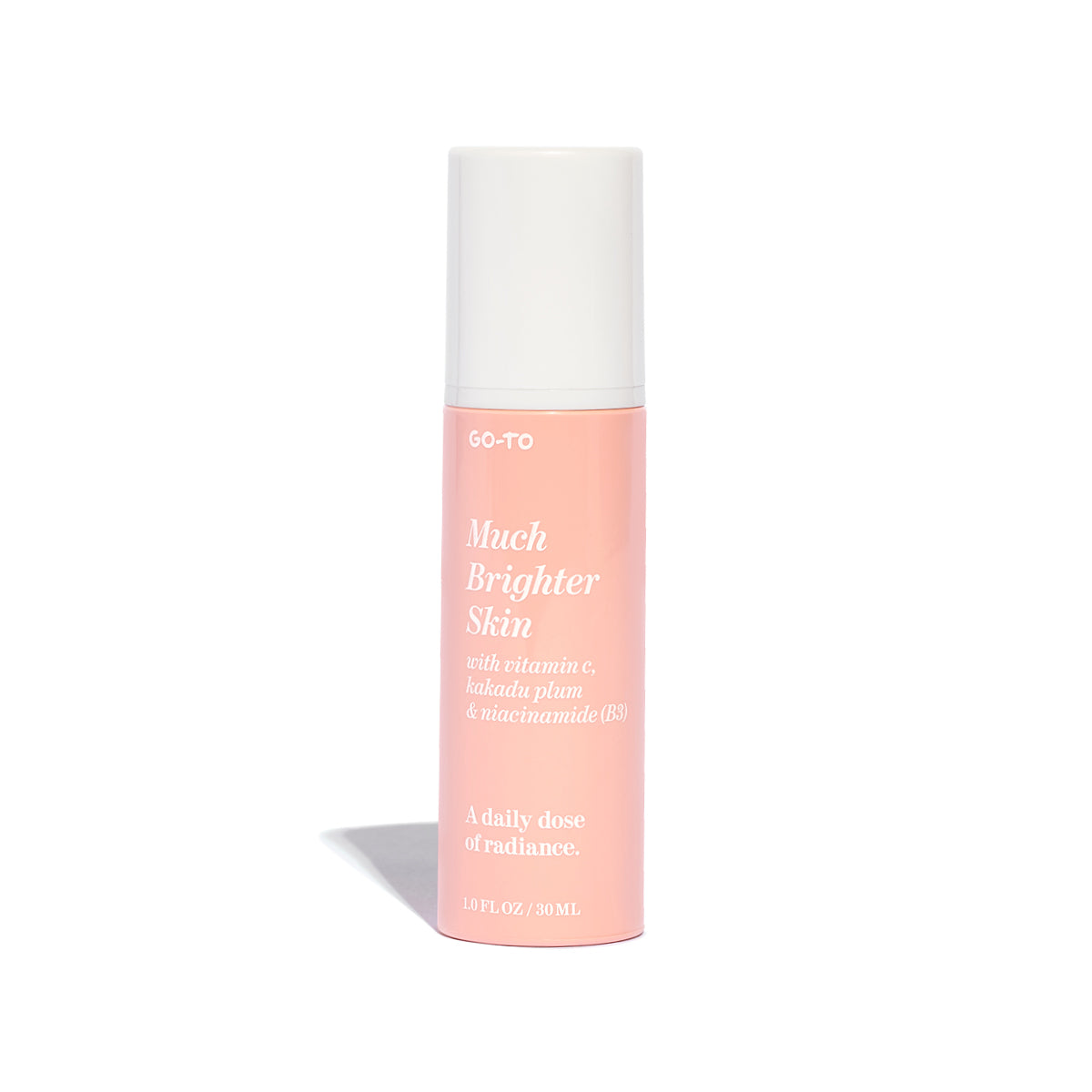
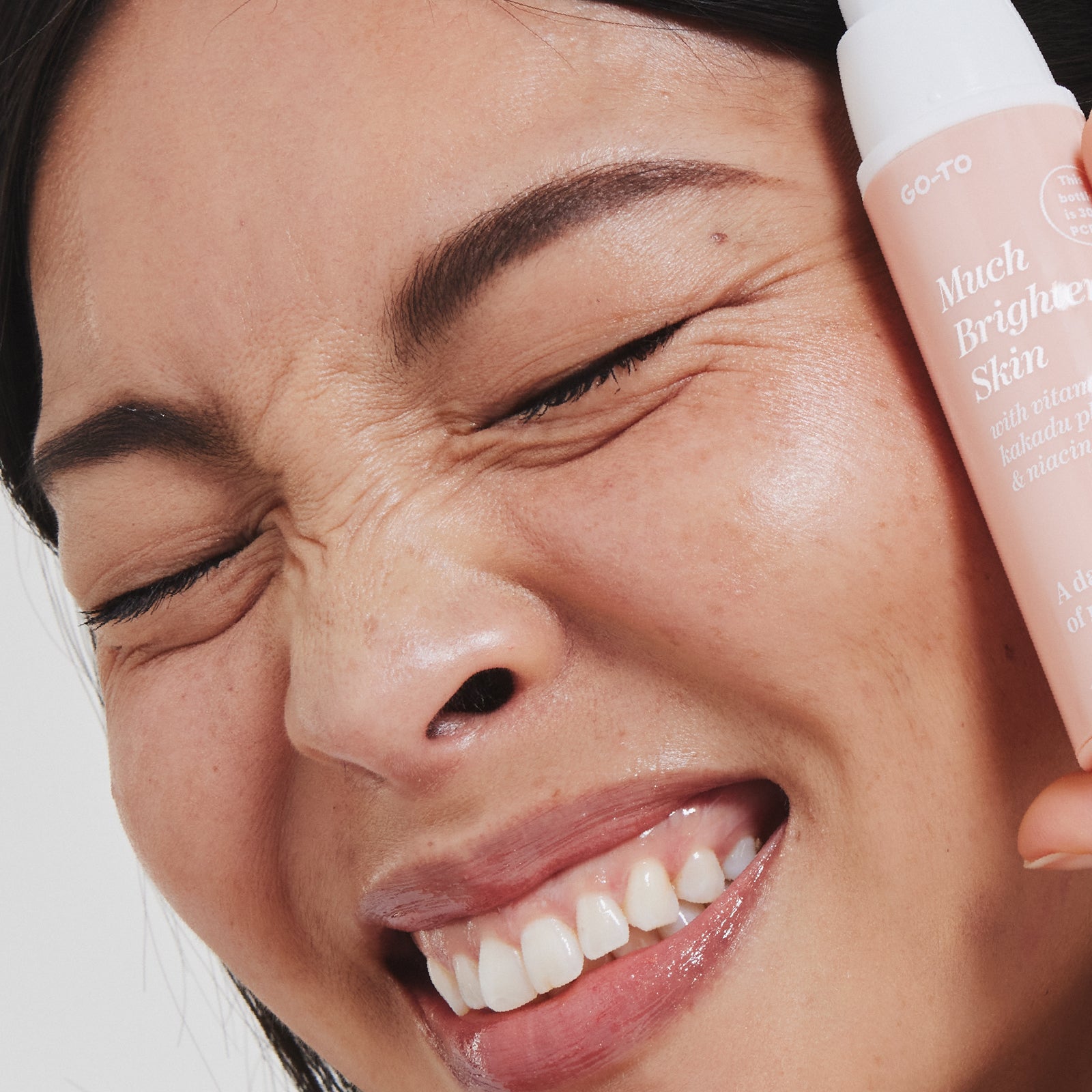
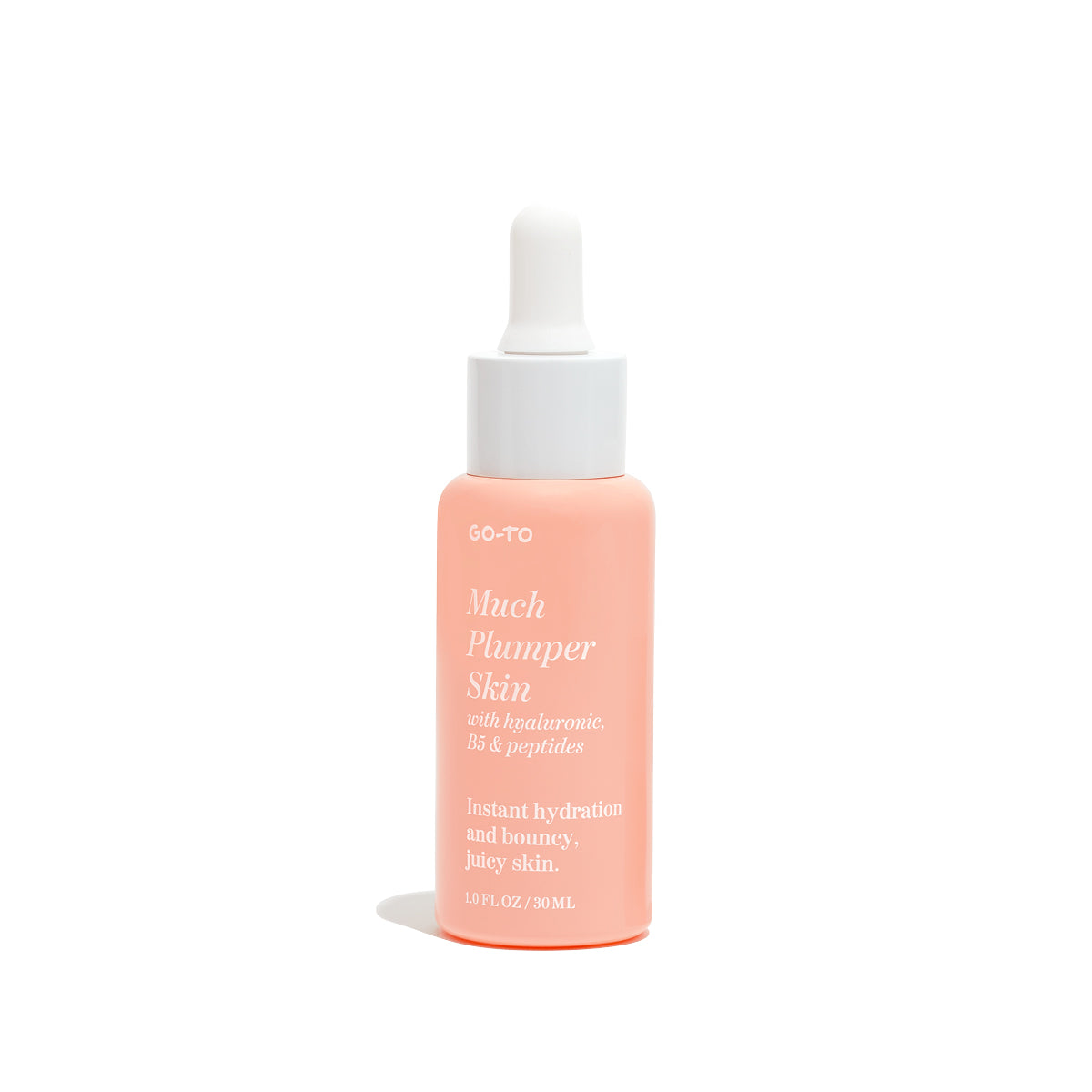
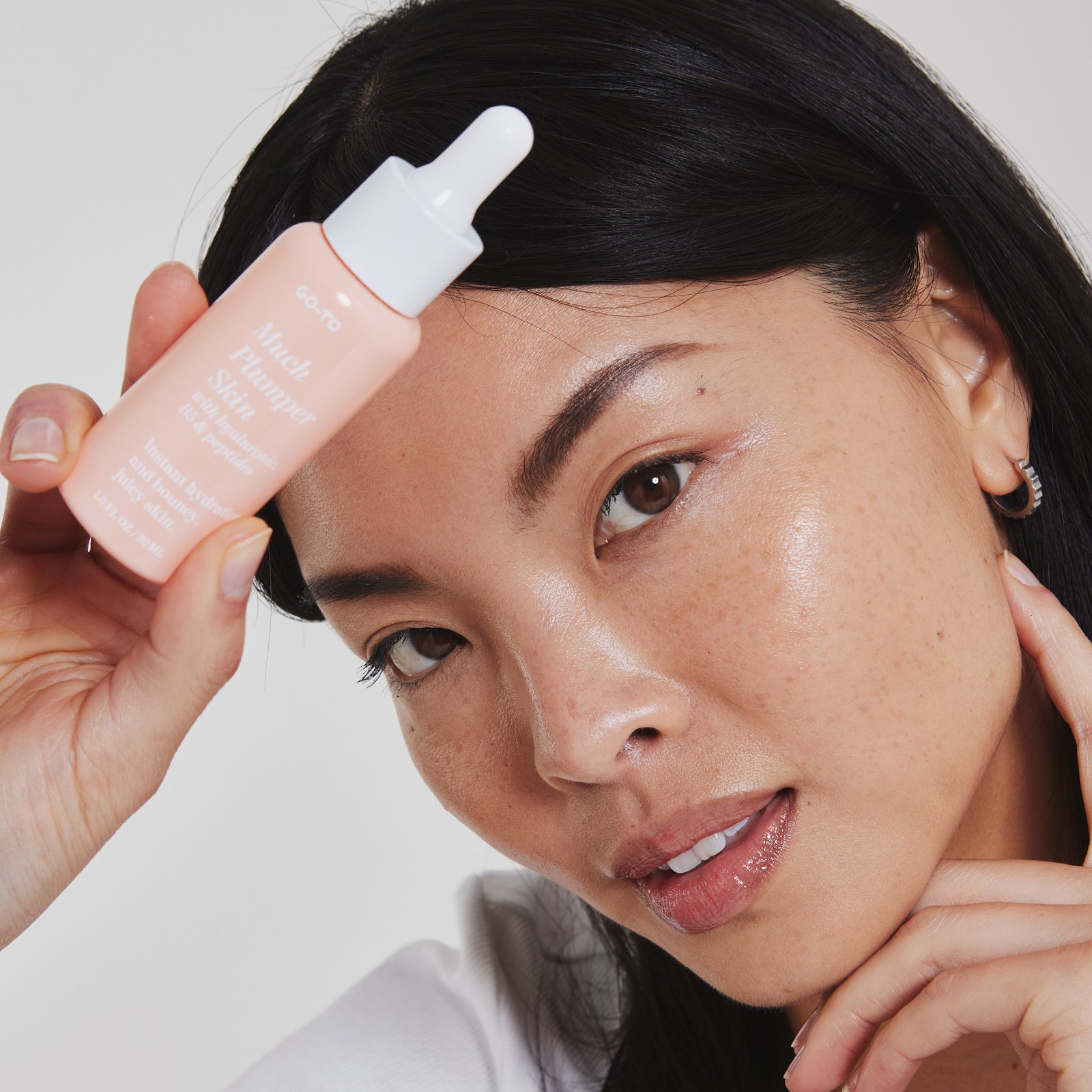
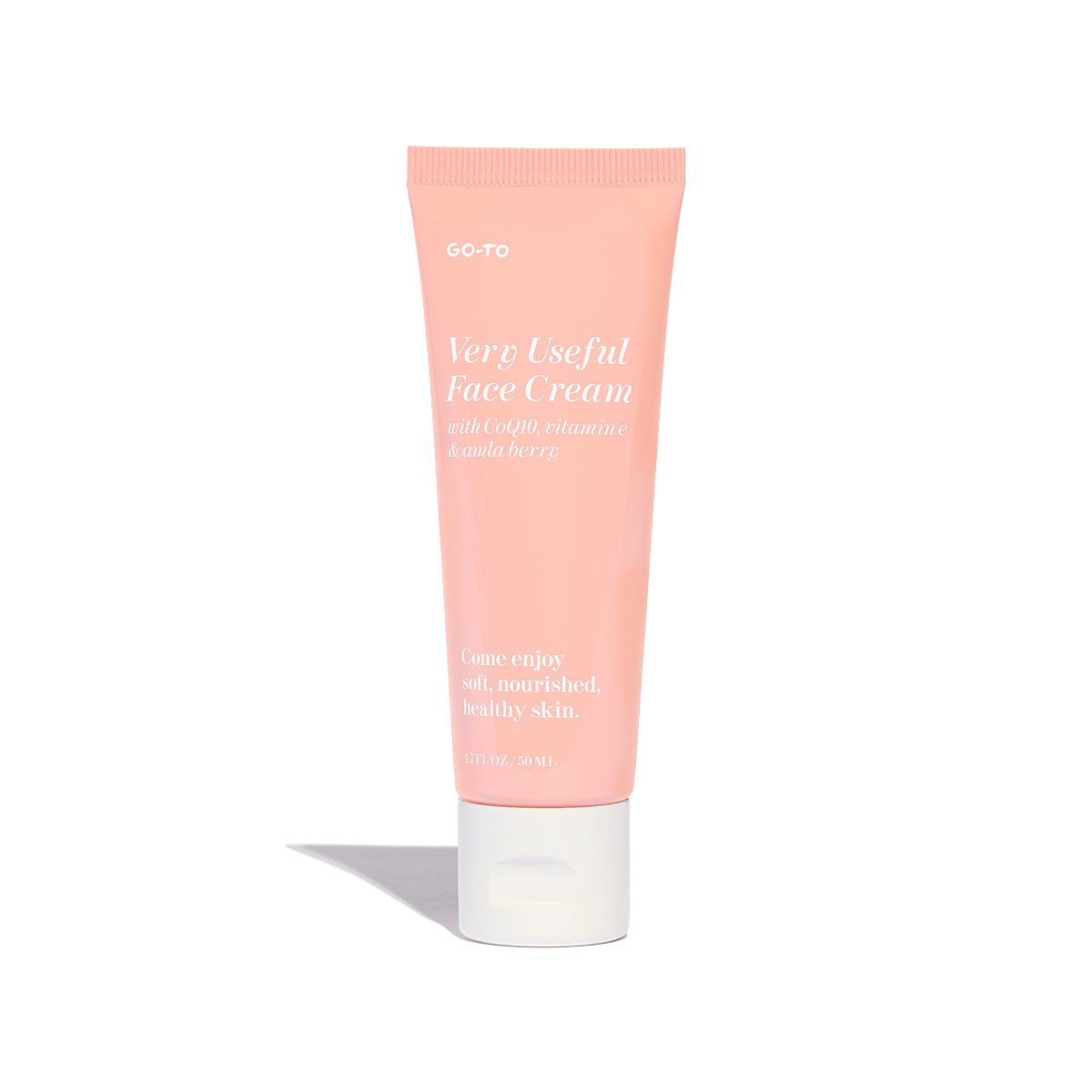

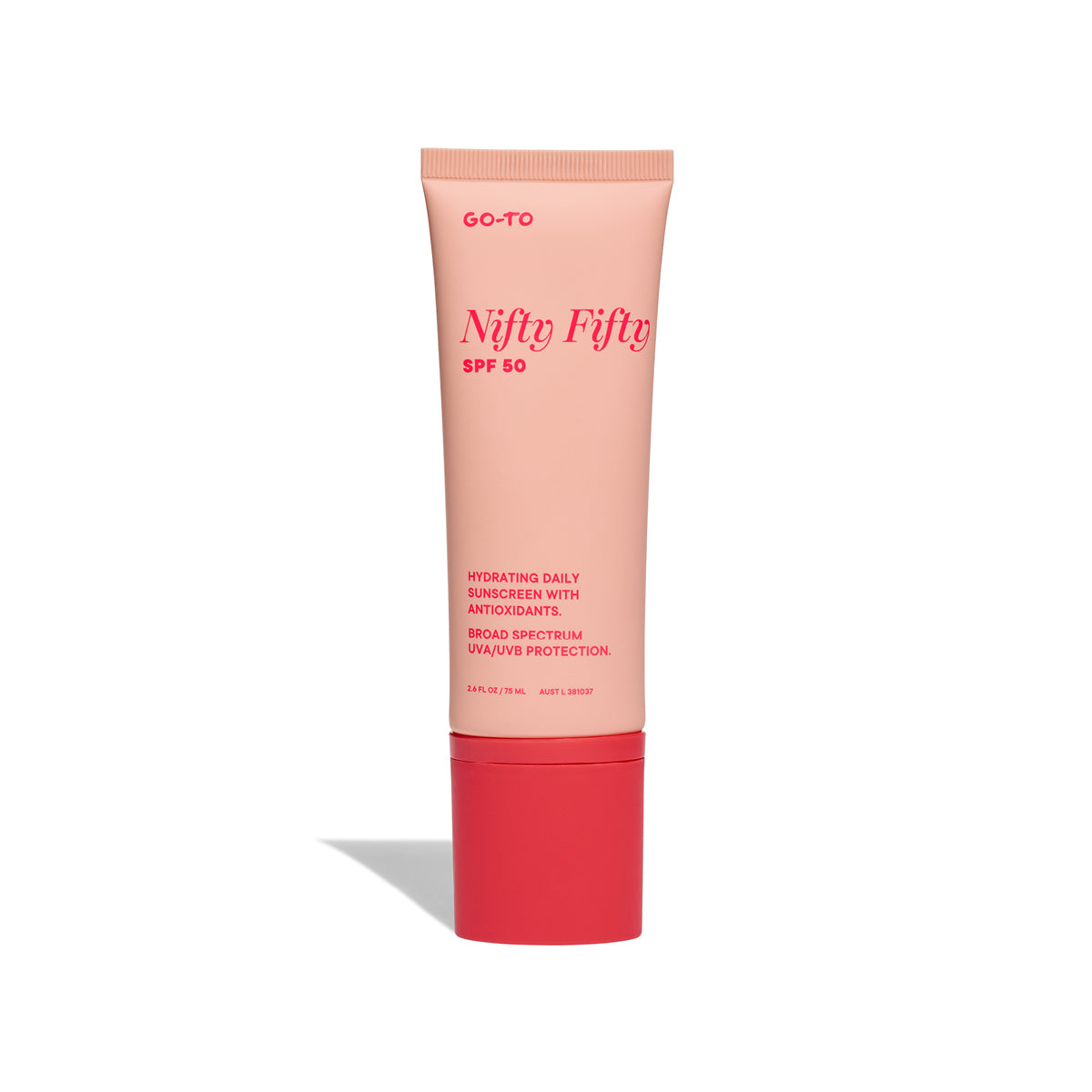
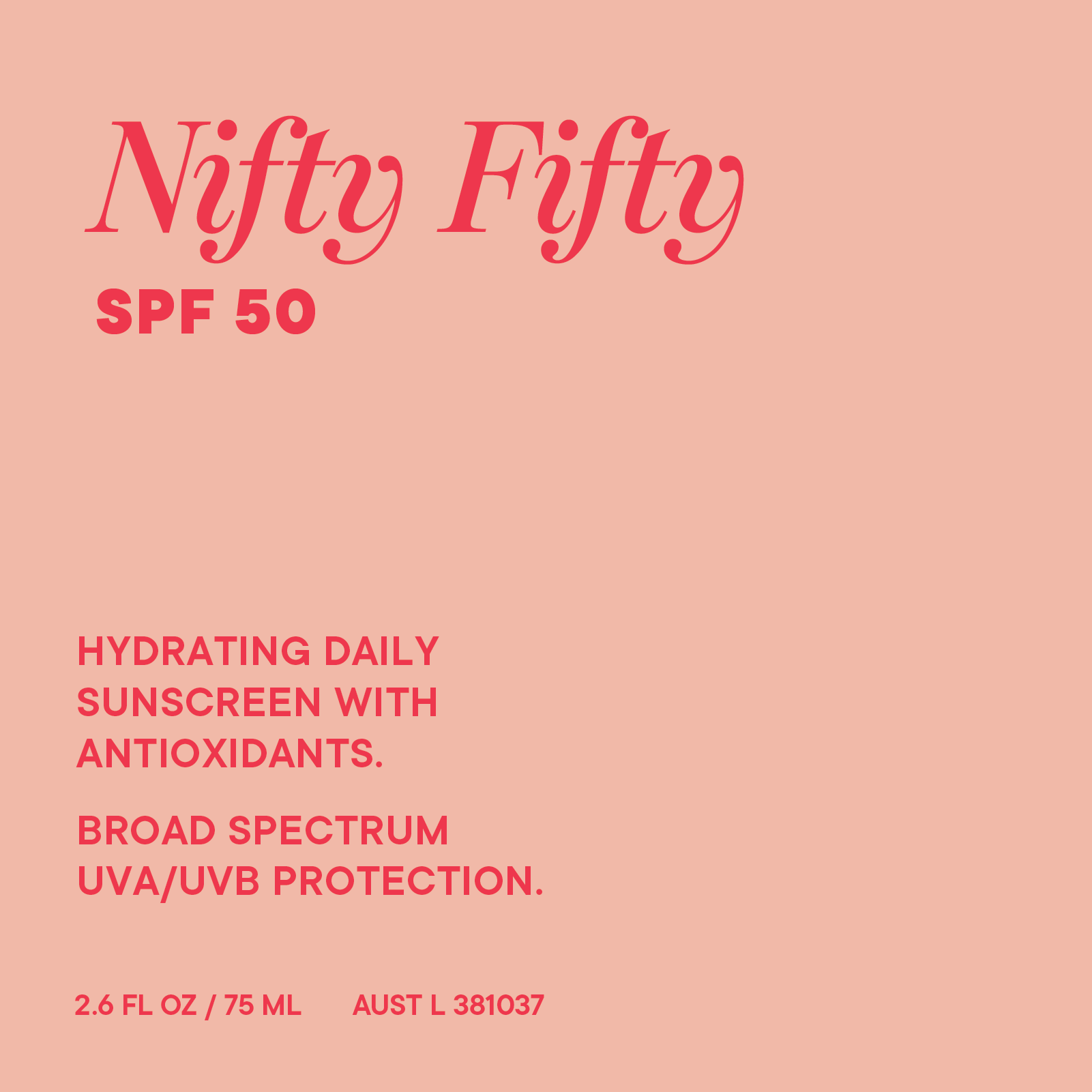
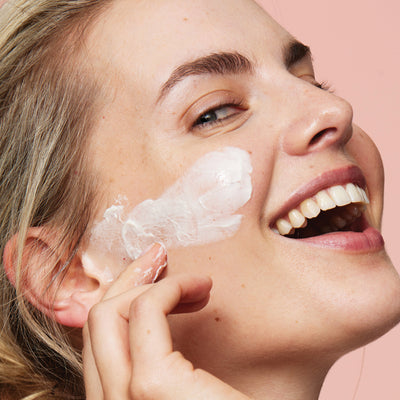
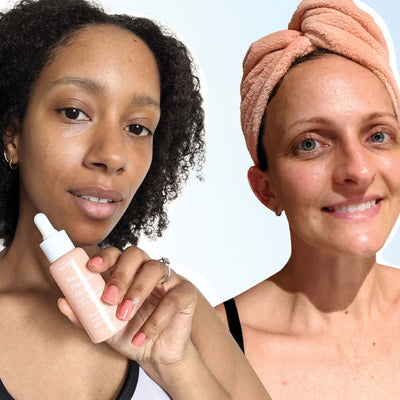
Comments